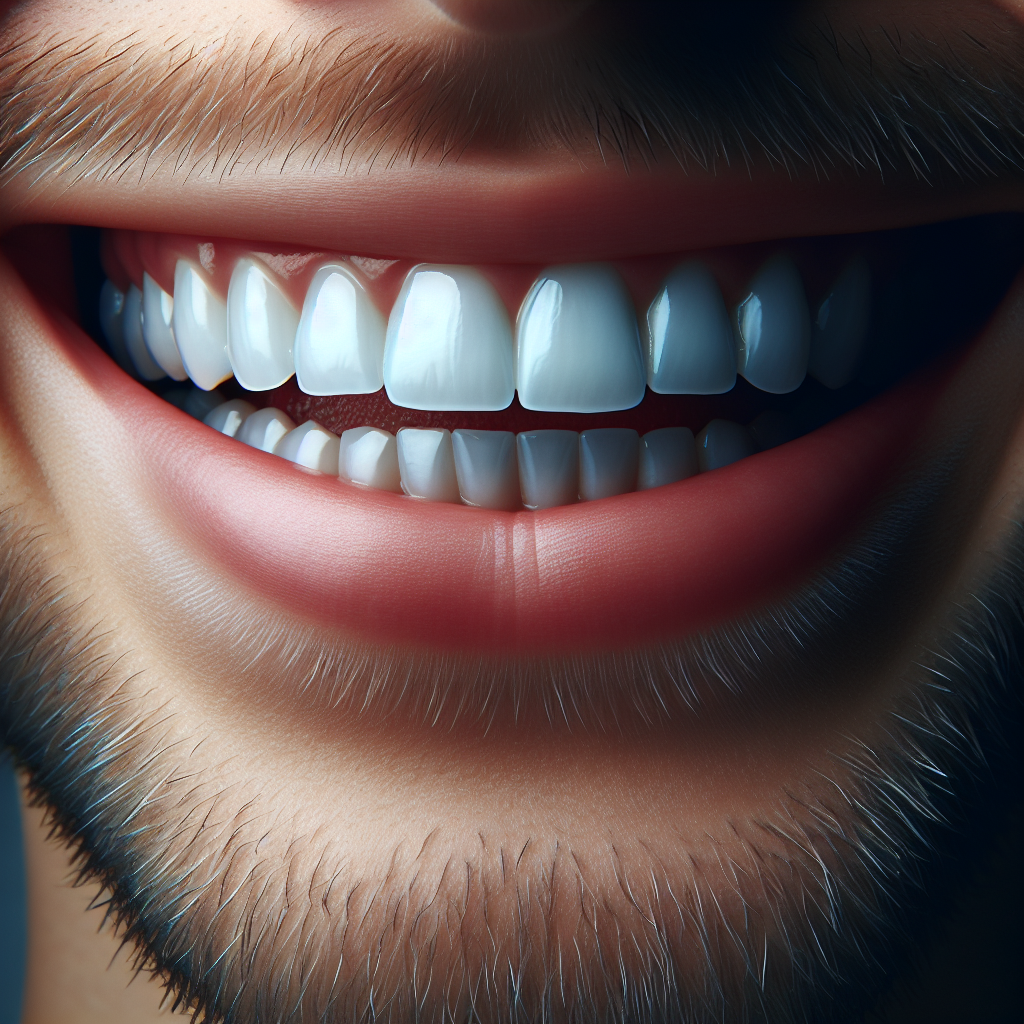Dry socket is a painful condition that can occur after a tooth extraction. It occurs when the blood clot that normally forms in the socket where the tooth was removed becomes dislodged or dissolves, exposing the underlying bone and nerves. This can lead to intense pain that can radiate to the ear and jaw, as well as a foul taste in the mouth.
Differentiating between normal post-extraction pain and dry socket can be challenging, as both can cause discomfort in the days following a tooth extraction. However, there are some key differences to look out for. Normal post-extraction pain typically peaks within the first 24 hours and gradually improves over the next few days. In contrast, dry socket pain often begins around 2-4 days after the extraction and can worsen over time.
One way to help distinguish between the two is to look at the other symptoms that accompany the pain. In addition to severe throbbing pain, dry socket may also cause bad breath, a bad taste in the mouth, and visible bone in the socket. If you are experiencing any of these symptoms, it is important to contact your dentist for further evaluation and treatment.
According to the American Dental Association, dry socket occurs in about 2-5% of all tooth extractions. While it is a relatively rare complication, it can be extremely painful and require prompt intervention to alleviate the discomfort. By being aware of the signs and symptoms of dry socket and seeking timely treatment, you can help ensure a smoother recovery process after a tooth extraction.
How to Distinguish Between Dry Socket and Normal Pain?
When recovering from a tooth extraction, it can be difficult to determine if the pain you are experiencing is normal or a sign of a dry socket. Normal pain after a tooth extraction typically includes mild discomfort and swelling, which should gradually improve over time. On the other hand, dry socket pain is often severe and can radiate to the ear or jaw. If you are unsure about the source of your pain, it is important to seek guidance from your dentist or oral surgeon.
For a more detailed explanation on how to differentiate between dry socket and normal post-extraction pain, continue reading below.
Signs and Symptoms of Dry Socket
One of the key differences between dry socket and normal pain after a tooth extraction is the timing of the pain. Dry socket typically develops 2-4 days after the tooth extraction, while normal pain should gradually improve over this time frame. If you are experiencing worsening pain 3-5 days after your extraction, it could be a sign of dry socket.
Appearance of the Extraction Site
Another way to differentiate between dry socket and normal pain is by looking at the extraction site. In cases of dry socket, you may notice that the blood clot that formed after the extraction is missing or partially dislodged. This can expose the underlying bone and nerves, leading to intense pain.
Smell and Taste
One distinct characteristic of dry socket is the presence of a foul odor or taste in your mouth. This is caused by the breakdown of food particles and bacteria in the socket where the tooth was extracted. If you notice a bad taste or smell coming from the extraction site, it may be a sign of dry socket.
Radiating Pain
Normal pain after a tooth extraction is usually localized to the extraction site and gradually improves over time. In contrast, dry socket pain can radiate to the ear, jaw, and neck on the same side as the extraction. If you are experiencing pain that is spreading beyond the extraction site, it could be a sign of dry socket.
Statistics
According to the American Dental Association, dry socket occurs in about 2-5% of all tooth extractions. If you suspect you may have dry socket, it is important to contact your dentist for proper evaluation and treatment.
- Severe throbbing pain that doesn’t respond well to pain medication
- Bad breath or unpleasant taste in the mouth
- Visible bone in the socket
- Normal post-extraction pain should gradually improve after a few days, while dry socket pain worsens over time
- Normal pain is usually well-managed with over-the-counter pain medication, whereas dry socket pain may not respond to pain relief
- Avoid smoking or using tobacco products
- Avoid drinking through a straw or spitting forcefully
- Follow your dentist’s post-extraction care instructions carefully
Conclusion
In conclusion, being able to distinguish between dry socket and normal pain after a tooth extraction is crucial for proper treatment and management. Dry socket is characterized by severe, throbbing pain that typically starts a few days after the extraction, along with bad breath and an unpleasant taste in your mouth. It is important to seek immediate medical attention if you suspect you may have dry socket, as it requires professional intervention to alleviate the intense discomfort.
On the other hand, normal pain after a tooth extraction is expected and can be managed with over-the-counter pain relievers and proper oral hygiene practices. This type of pain tends to gradually decrease in intensity and should not be accompanied by other concerning symptoms like bad breath or exposed bone. By understanding the key differences between dry socket and normal pain, individuals can better advocate for their oral health and receive the appropriate care needed to ensure a smooth recovery process after a tooth extraction.

